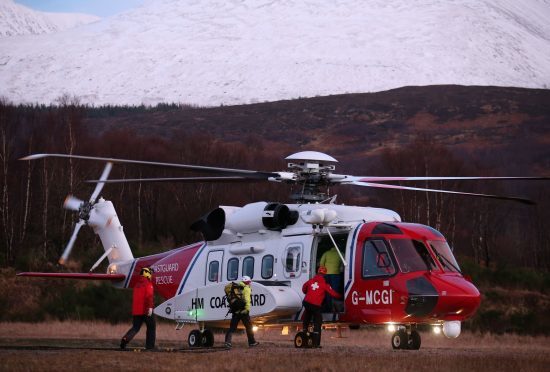The demand on mountain rescue team volunteers in Scotland is greater than ever, a new report has shown.
Scottish Mountain Rescue, the organisation that represents life-saving teams across the country, has published its annual review for the year 2015, and it shows a steady increase in incidents.
Kev Mitchell, vice chairman of Scottish Mountain Rescue, said: “This illustrates the increasing pressure on mountain rescue teams and shows that in 2015, across Scotland, mountain rescue teams responded to an average of nearly 50 incidents per month.
“This incredible statistic highlights the frequency with which mountain rescue volunteers are responding to requests for assistance.”
In 2015 teams had a total of 579 deployments, compared with 418 in 2005.
Volunteers gave a total of 39,728 operational hours in 2015 – which does not include the many hours of training.
The annual review looks at the work of the rescue teams, a profile of a team member, and the story of just one of the many rescues that took place that year.
In his foreword, Scottish Government minister Michael Matheson thanked the country’s army of volunteers.
He said: “I am very much aware of the skills and expertise that mountain rescue team members work hard to develop and maintain in order to achieve the best outcomes possible for those in difficulty in Scotland’s mountains, hills and remote places.
“I also fully appreciate that the acquisition of these skills, which are necessary in order to respond to call outs, across Scotland, in the best possible way, requires a massive commitment in terms of volunteers’ time and energy.
“Rescues can often be at night, in hostile conditions, and/or difficult environments, and it cannot be overstated, therefore, how physically challenging that can be for the dedicated
volunteers involved.”
He added: “It is clear that the demands and expectations being placed on individual members and teams are growing.”
The report highlights major issues for mountain rescue teams looking to the future.
Radios used by teams were purchased in 2003 and the batteries are deteriorating. Global changes in frequency band plans and progress in technology also influence the need to change all radios across Scotland within the next five years. This is set to be a major project with significant costs.
